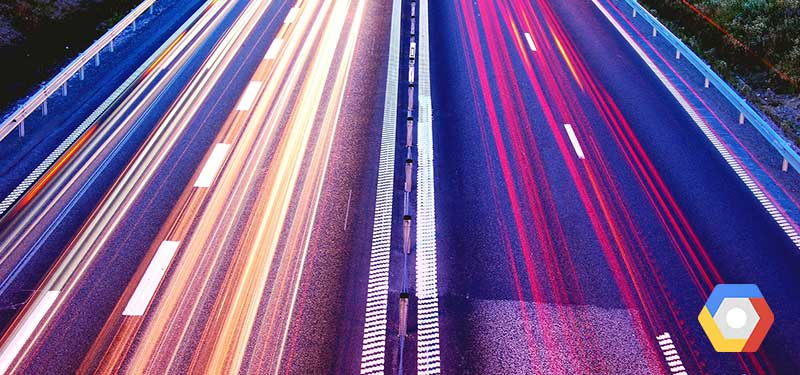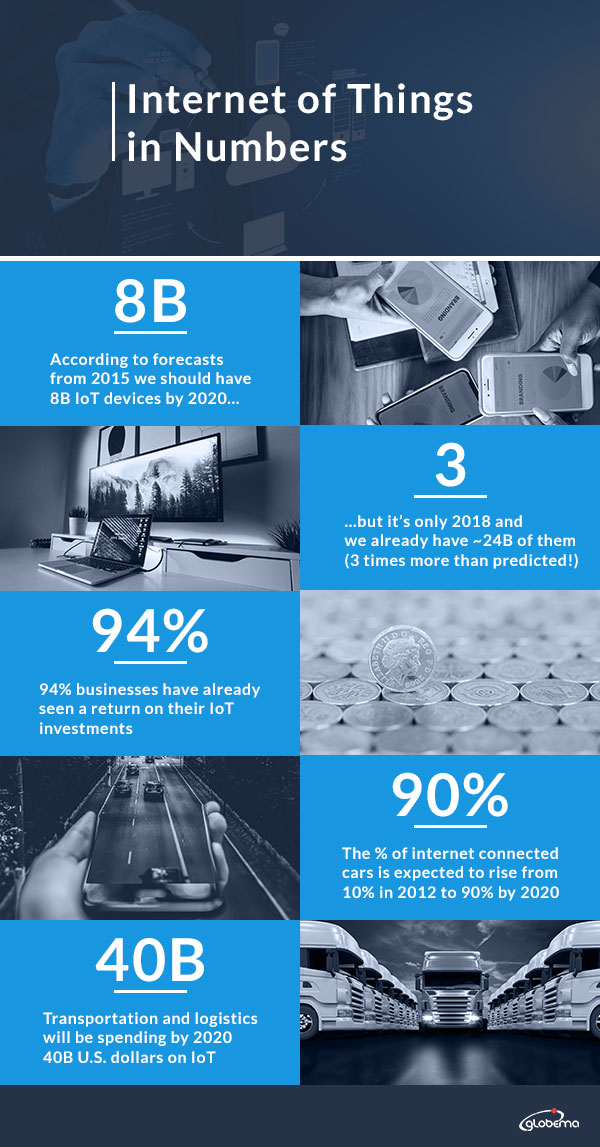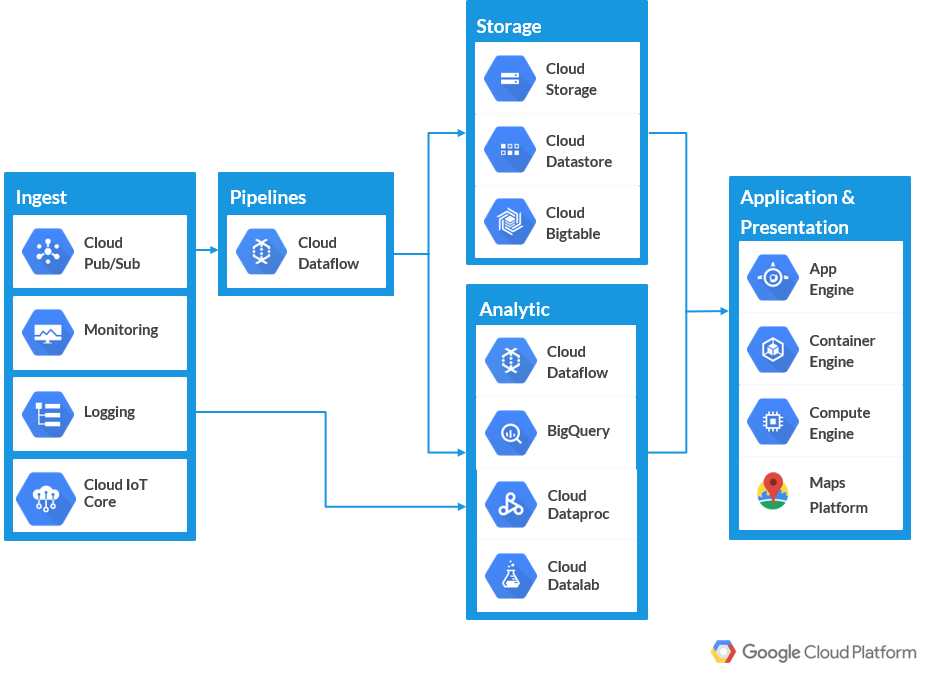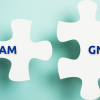
The Internet of Things (IoT) is changing the way many industries operate, transportation included. Actually, according to IoT forecasts, transportation and logistics will be one of three leading industries in IoT investments. Why transportation is becoming a hotbed of the IoT? There are many reasons, and most of them involve various benefits. Here, we would like to show how fleet management can benefit from Internet of Things.
Let’s have a look at 5 areas in which fleet management can be augmented with IoT:
- Safety – always number one, of course. You must make sure that drivers obey the law, accelerate and slow down accurately, not violate speed limits, etc. We shouldn’t also forget that safety is important because of insurance costs.
- Efficiency – in order to be efficient driver must know where are the nearest gas stations and which ones have lowest prices or where to find a place to plug in a electric vehicle.
- Routing has been around for a while but now the challenge is to make it more real-time, as a lot of things affect your routing – accidents, parades, morning or afternoon traffic etc.
- Remote diagnostics and predictive scheduled maintenance – how to streamline fleet maintenance and prevent vehicle failures.
- Right-sizing the fleet – how many vehicles do you need, when should you lease or buy new ones (and which option is more cost-wise).
Ok, but how to answer these challenges?
First of all you need data. Having data on devices is not enough though, you need to put it into your infrastructure or the cloud. The easiest way to do it is to use Cloud IoT Core which is a fully managed service that allows to easily and securely connect, manage, and ingest data from millions of globally dispersed devices.
The second step is data ingestion – once you put your data into the cloud, there are a few options, like Cloud Monitoring or Cloud Logging.
Once data is ingested, Google has multiple storage solutions like Cloud Datastore, Bigtable or real-time relational database, called Firebase.
Having data in the cloud will allow you to perform advanced analysis using interactive tools, like Datalab (tool for data exploration, analysis, visualization and machine learning), BigQuery (allowing to perform analysis on huge amount of data in more cost-efficient way) or Dataflow service for transforming and enriching data (real time).
The last step is to share the data using your own application which can be either run on your Virtual Machine or inside a Container or using Google Maps Platform, which will allow you to visualize geographic data on top of most up-to-date maps.
There is no infrastructure to manage, so you can focus on analyzing data and finding meaningful insights.
Any detailed examples?
Yes – predictive maintenance. What it would take today to predict a vehicle failure? Probably you’d need to ask an engineer to check status of each car every single day. Sounds exhausting and expensive, what’s more even then it’s quite possible that some failures would not be detected.
Now imagine that you could accurately predict failure with machine learning. Using data, which you are gathering with your IoT devices, you can train model which predicts failures. You don’t have to know which parameters should be analyzed – this is where magic happens, you can just use all your data and let machine learning decide which information is important.
Here is the simplified scheme of the process:
- Step 1 – ingest data from IoT devices
- Step 2 – process it, clean it up and safely store it
- Step 3 – perform analysis and visualize it either using one of the tools provided by Google Cloud Platform or using Google Maps.
And of course Step 4 – make beneficial and accurate business decisions based on those insights.
Sources: Statista, LinkLabs, CSG.














